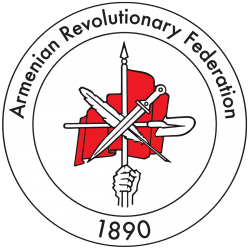Avetis Aharonian - Gharip
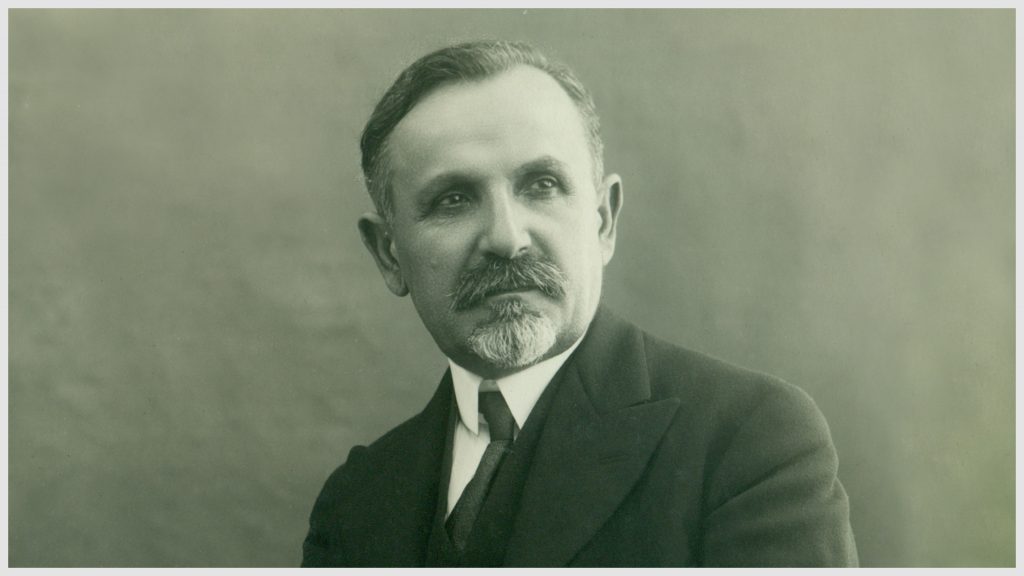
Aharonian was born in Igdirmava, a village of Igdir, in the Surmalu region, at the foot of Mount Ararat. He received his secondary education at the Gevorgian College (Seminary) of Ejmiatzin. He later attended the Sorbonne, in Paris, and the University of Lausanne, in Switzerland. He was a prolific writer and activist, and a member of the ARF Bureau.
Aharonian worked for Droshak and headed the editorial staff of the Mourch (Hammer) and Harach newspapers in Transcaucasia. He was also the principal of the Nersisian School in Tiflis, Georgia.
In 1909, toward the end of the Tsarist persecution of revolutionaries, he was imprisoned for two years by Russian authorities for being an ARF leader. He returned to Switzerland after his release from prison.
During the years of Armenian independence, Aharonian headed the delegation of the Armenian Republic to Constantinople, and also at the Peace Conference in Paris, where he signed the Treaty of Sevres on behalf of the Republic of Armenia.
His last words, translated below, were spoken in February 1948, in Marseille, France, at a Hamazkayin Cultural Association gathering of some two thousand people, at which he was the main speaker. He suffered a stroke on stage and died two months later, in Paris, at the age of 82.
https://www.youtube.com/watch?v=Ox7TKVexyTY
Levon Seghposian - Levon Shant
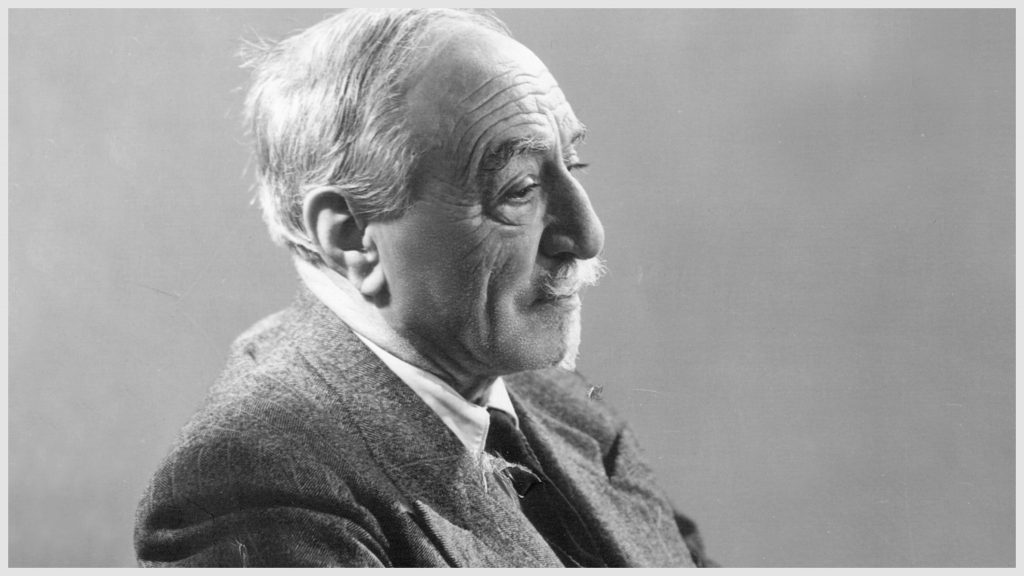
Born in Scutari, in Constantinople, Levon Shant attended the Üsküdar Armenian school until age 14. He then attended the Gevorgian College of Ejmiatzin, from which he graduated in 1891. He returned that year as a teacher to Constantinople, where his first literary work was published by the local Hayrenik daily.
He furthered his studies in Germany and Switzerland (1892–1899), where he studied science, child psychology, education, literature, and history. He joined the ARF in its early days and did much work in the fields of culture, society, and politics.
Upon returning to Constantinople, Shant became a leading figure in Armenian theater. In addition to his work as a playwright, he was a poet and teacher.
He was vice-president of parliament in the Armenian Republic, and in April 1920 he led the Armenian delegation to Moscow, seeking entente with the Soviet regime.
After the Soviet takeover of Armenia, He settled in Cairo, Egypt, and in 1928 co-founded the Hamazkayin Cultural Association. Together with Nikol Aghbalian, in 1930 he founded the Hamazkayin Jemaran (College) in Beirut, serving as its principal. Despite his advanced age, he ran the school expertly until his death in 1951, ever active in intellectual and literary matters.
Among his best-known works are his plays, most of which had historical or philosophical themes: Hin Asdvadzner (Ancient Gods, 1909), Gaysre (The Emperor, 1914), Ingadz Perti Ishkhanouhin (The Princess of the Fallen Castle, 1921), and Oshin Bayl (1929). He also penned essays and booklets, including Azkoutiune Himk Martgayin Ungeroutian (Nationhood as the Basis of Human Society, 1922) and Mer Angakhoutiune (Our Independence, 1925).
Hin Asdvadzner premiered in Tiflis in 1913 and shook up the Armenian literary world. It was translated into English, German, Italian, French, and Russian. Konstantin Stanislavski directed a Russian production of it in 1917. Gaysre and Hin Asdvadzner are among the most frequently staged Armenian dramas.
https://www.youtube.com/watch?v=XfUuH1Zs3aY
Arshag Nersesian - Sebouh
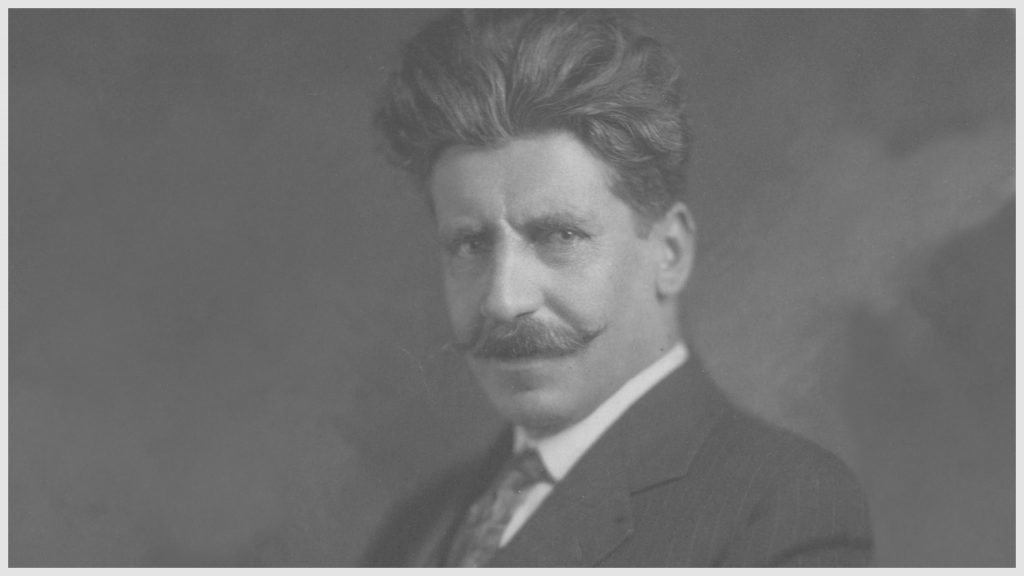
Born in the village of Varzahan, in Papert (Bayburt), Western Armenia, Sebouh showed early aptitude as a craftsman. He received his secondary education in Trebizond.
He joined the Hnchak party in Constantinople in 1889 and participated in the 1892 demonstration at Kum-Kapu, protesting Ottoman oppression. Afterward, he left for the Crimea, then the Caucasus, where he joined the ARF in 1894. He became a party organizer in his hometown and took part in groups that transported arms to Western Armenia.
In 1903, Sebouh went to Sasoun and joined Torkom’s “Mrrik” group. He later became one of the leaders of the 1904 Sasoun rebellion. Seriously wounded in Sasoun, he remained in Akhlat for a time, then Vaspourakan (Van).
During the Armeno-Tatar conflict of 1905–1906, Sebouh fought in Nakhijevan. He also took part in the Iranian Constitutional Revolution (1905–1907). He attended the ARF’s Fourth World Congress in Vienna, in 1907.
After the proclamation of the Ottoman Constitution in 1908, the Ottoman authorities ceased to persecute former revolutionaries, and Sebouh returned to his birthplace, where he lived for a time.
In 1914–1915, Sebouh fought in the battles of Khoy and Dilman at the side of Antranig. Later, he was part of the Armeno-Russian forces that liberated Garin (Erzurum) in 1918. At the head of an ARF formation, he took part in the decisive battle of Sardarabad in 1918. He then went on to Baku to protect the Armenians under siege there and to defend the city against Ottoman forces.
After the independence of Armenia, Sebouh bore the rank of brigadier general in the Armenian Army. At the head of a special unit, in May 1920, he suppressed the Bolshevik insurrection in Shirak. He also fought in the Armeno-Turkish War of 1920.
Hamazasp Mherian - Hamo Ohanjanian

Born in Akhalkalak, present-day Georgia, Ohanjanian received his elementary education locally, and his secondary schooling at Tiflis High School. He went on to Moscow as a medical student, and later to Switzerland to further his medical studies. He joined the Dashnaktsoutiun while a student in Moscow.
In 1898, he established a branch of the ARF Red Cross. In 1902, he settled in Tiflis and soon became a leading figure there, enjoying unanimous esteem.While in Tiflis, he established the ARF newspaper Harach.
A member of the Eastern Bureau of the ARF from 1905 onward, he took part in that capacity in the ARF’s Geneva Council, where he ardently defended the “Plan of Action for Transcaucasia.” During that time, he also coordinated relations with Russian and Georgian revolutionaries throughout the duration of the Armeno-Tatar conflict.
Enjoying the esteem of Dashnaktsakan combatants as well as intellectuals, Ohanjanian played an important role at the Fourth World Congress in Vienna in 1907 and in the Caucasus to put a brake on extreme left- and right-wing dissension, thus helping to preserve the unity of the ARF.
Arrested by the Tsarist police in 1908 during persecutions against revolutionaries, Ohanjanian was sentenced to hard labor in Siberia in 1912 after the infamous Trial of Dashnaktsoutiun. During the trial he had admitted to being a member of the ARF Bureau in order to take the blame upon himself and ensure the release of other ARF members. While in Siberia, he married Roubina, a fellow Armenian revolutionary.
Freed in 1915, he worked to assist Western Armenian refugees. He led a medical group to newly liberated Van to assist the population, and after the evacuation of the Vaspourakan region he continued his medical work in Ejmiatzin, where Western Armenian refugees had settled.
In 1917 and 1918 he was part of the mission sent to Berlin by the Armenian National Council in Tiflis, and then took part in the delegation of the Armenian Republic in Paris led by Avetis Aharonian. He became the third prime minister of Armenia, in May 1920, when the ARF Bureau took over the reins of power to quell Bolshevik uprisings. He resigned as prime minister in November 1920, after the fall of Kars to Turkish forces.
Upon the Sovietization of Armenia, Ohanjanian was arrested but was freed thanks to the February 1921 uprising against the Bolsheviks. He crossed over to Iran and then on to Cairo, Egypt, where he spent the rest of his days as a member of the ARF Bureau and as president of the Hamazkayin cultural and educational association, which he helped found in 1928.
Aleksandr Khatisian
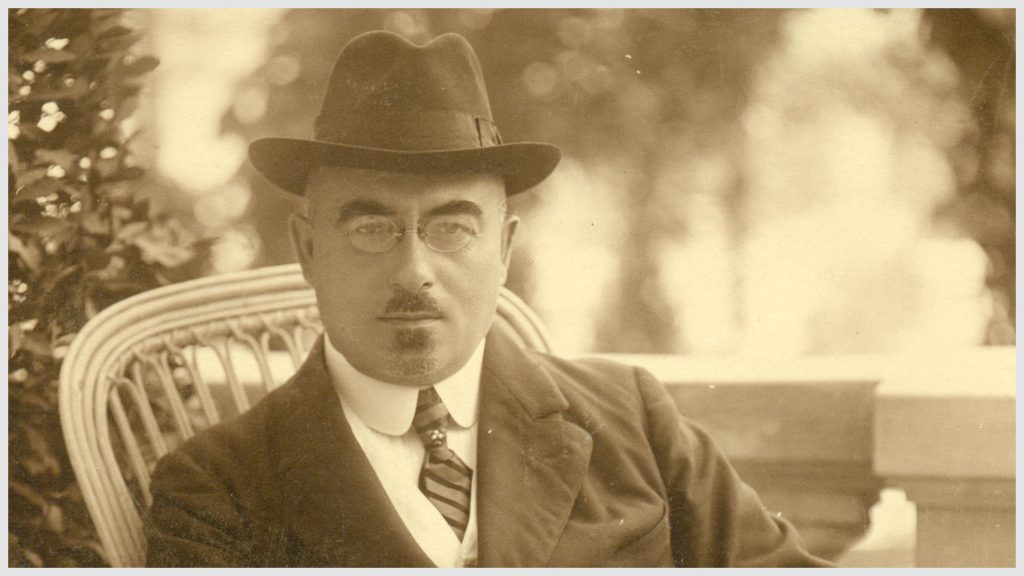
Khatisian was born in Tiflis, Georgia, to a well-known Armenian family. His father was a high-ranking official, respected by Armenian and non-Armenian circles alike. His older brother, Konstantin, was a founding member of the ARF.
Khatisian graduated from the Tiflis State Gymnasium (College) and studied medicine at Moscow University and Kharkov University, then went to Germany for specialized studies. He returned to Tiflis and practiced medicine.
He was a person of varied interests, in particular politics and civil service. He was elected to the Tiflis city council in 1902, and by 1906 he was assistant to the mayor of Tiflis. He served as mayor of Tiflis from 1909 to 1917, and from 1914 to 1917 he was president of the association of Caucasus cities (some 44 in number).
He joined Dashnaktsoutiun only after the 1917 Russian Revolution. Though he had wanted to join the party in 1905, he was dissuaded by Rostom, Hamo Ohanjanian, and others; they argued that as a nonpartisan he could better serve the Armenian people and the ARF.
During his political career he was active in civic live, publishing articles, pamphlets on cultural and health-related topics, and translations from Armenian literature. Russian Viceroy Vorontsov-Dashkov consulted with him and prominent civic leader Dr. Hakob Zavriev about the creation of Armenian volunteer units in the summer of 1914.
After the Russian Revolution, when Tiflis came under Georgian rule and the Transcaucasus was de facto separated from Russia, his life took a different tack. He joined the ARF and from 1917 to 1918 he was mayor of Alexandropol (Giumri). He served as a member from the Armenian National Council in Tiflis. After declaration of the independent Republic of Armenia, he served as foreign minister and signed the Treaty of Batum with the Ottoman Empire.
He then served as prime minister from 1919 to 1920. He was sent abroad by the government to secure loans and organize the establishment of the so-called Gold Fund for the republic. Returning to Armenia in time of war, it fell to him to sign the Treaty of Alexandropol in December 1920.
After the Sovietization of Armenia, Khatisian went to Paris and continued his work, including as a representative of Armenian interests at the League of Nations.
He died in Paris, in March 1945. He was 71.
Nikol Aghbalian
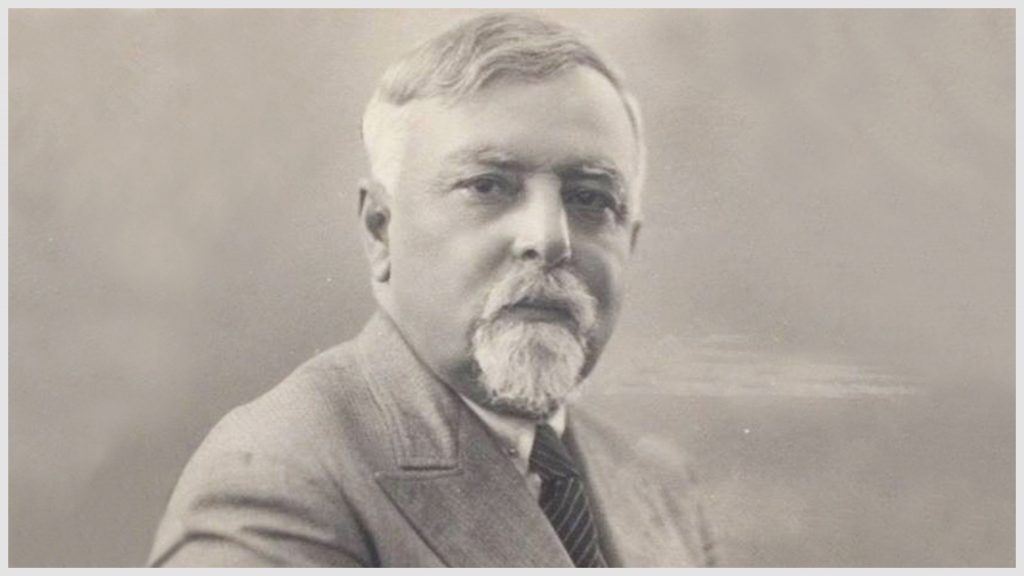
Born in Tiflis, Aghbalian studied at the Nersisian School in his hometown and subsequently Gevorgian College in Ejmiatzin. He later attended universities in Moscow, Paris (the Sorbonne), and Lausanne, Switzerland.
Joining the ranks of the ARF in his youth, he was sent to Egypt in 1905 on organizational work. From 1909 to 1912 he was director of the Armenian National School in Tehran, as well as a member of the ARF Central Committee there.
In 1913 Aghbalian was appointed a member of the Horizon editorial team, along with Arshak Jamalian, in Tiflis. He was also a member of the Tiflis National Bureau and the organizing committee of the Armenian Volunteer Movement in 1914–1915.
After Armenian independence, he was elected a member of parliament and appointed Minister of Education. Due to his efforts, the Armenian State University was founded, in Alexandropol, on January 31, 1920.
Aghbalian was arrested by the Bolsheviks on February 9, 1921, but was freed due to the February Revolt 10 days later. He crossed into Iran, then settled in Alexandria, Egypt, where he became director of the Armenian school.
He was a founder of the Hamazkayin Cultural Association in 1928, in Egypt. He also co-founded, together with Levon Shant, Hamazkayin’s college (Jemaran) in Beirut, Lebanon, in 1929–1930. He remained in Lebanon as a teacher at the college until his death.
Aghbalian is acknowledged as an erudite philologist and impartial literary critic, gifted with a profound sense of literature and art.
He died in Beirut. He was 74.
Sergey Hovhannisian - Aram Manoukian
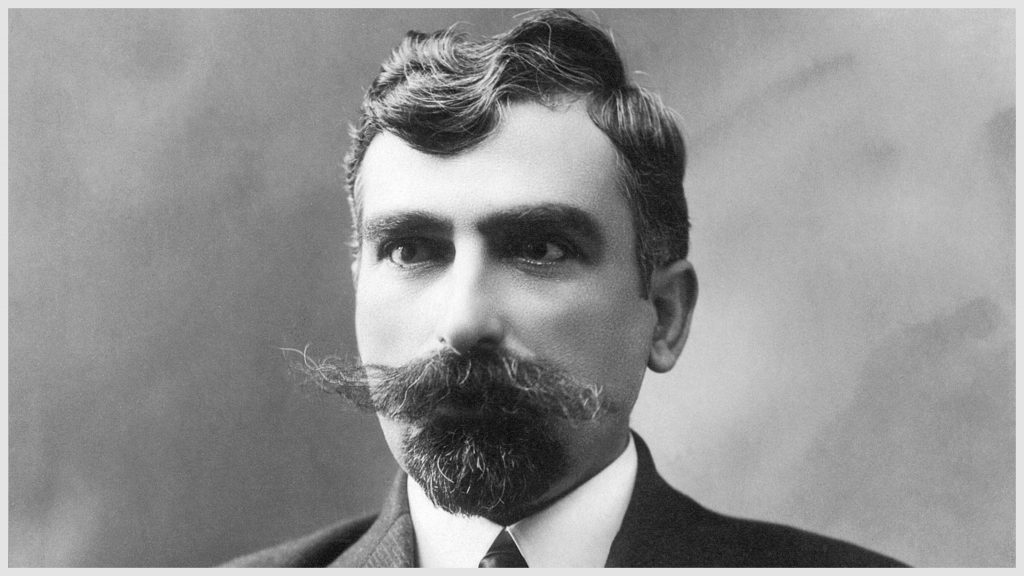
Born in the village of Zeyva, in Ghapan, Zangezour, Aram Manoukian attended parochial schools in Shoushi and Yerevan. He joined the ARF at a young age and became an organizer among laborers in Batumi, in 1901, and then in Gandzak and Kars, where by 1903–04 he had already become a highly valued leader.
In 1904 he crossed into Iran, then to Van, where for four years he was the central figure. After the traitor Davo informed Turkish authorities about the location of ARF arms caches, Aram was arrested and tortured. He was eventually released during the Ottoman Constitutional Regime.
He attended the Fourth World Congress in 1907. He was a teacher for a time in Ordu. He then went to Geneva for a year to visit Rouben Ter Minasian, then returned to Van.
In 1915, after Vana lshkhan and Arshak Vramian were assassinated, Aram was left alone to face a catastrophic situation. He led and became the symbol of the heroic Battle of Van in April 1915, and was appointed governor of free Vaspourakan.
He accompanied the people of Van in their exodus toward the Caucasus. In 1916–17, in Tiflis, Aram was active in the affairs of the ARF Bureau, the Armenian National Council, and Western Armenian refugees.
As the National Council’s special envoy and plenipotentiary representative in Yerevan, Aram was proclaimed “dictator” of the Ararat region in May 1918 and led the resistance against the invading Turks. He was the symbol of the victory in the Ararat plain and was considered by the population as the founder of the Armenian Republic.
In the Republic’s first government (under Hovhannes Kachaznouni as prime minister), Aram was Minister of the Interior and Minister of Supplies. He contracted typhus, which was wreaking havoc at that time, and died at age 40, on January 29, 1919.
https://www.youtube.com/watch?v=BZMwjMns3Rs
Simon Vratsian
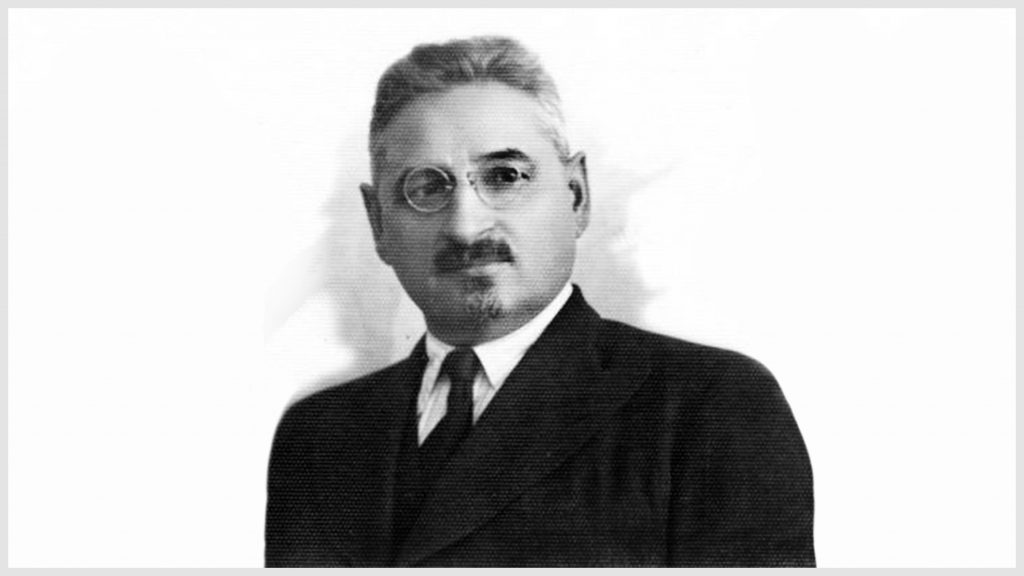
Born in the village of Metz Sala in Nor Nakhijevan, in the Northern Caucasus, Vratsian received his education at the Gevorgian Seminary in Ejmiatzin. He joined the ARF in 1898, mistakenly believing he was joining the Hnchaks: He had entered the wrong room in a building where both the Hnchaks and the Dashnaks were holding meetings.
He returned to Nor Nakhijevan as a Dashnak fieldworker and represented the region at the ARF’s Fourth World Congress in Vienna in 1907. At that meeting, he supported the party’s adoption of socialism as a principal plank in its platform.
In 1908, Vratsian attended the University of St. Petersburg to study law and education. In 1910, after stays in Moscow, Constantinople, and Batumi, he settled for a time in Erzurum. There, he taught at a local school and edited a local newspaper, and was briefly jailed under suspicion of being a Russian spy.
In 1911, he went to America, where he became editor of the Hairenik daily newspaper. Three years later, he represented the party’s American organization at the ARF’s Eighth World Congress (1914) in Erzurum, playing a key role in discussions regarding party policy vis-à-vis the Young Turk leadership. He was elected a member of the ARF’s Bureau of Armenia.
He then went to the Caucasus and became a member of the committee organizing the Armenian Volunteer Movement. After the disbandment of the Armenian units, he worked as editor of Horizon, in Tiflis, in 1917.
An important figure in the Independent Republic of Armenia (1918–1920), Vratsian was elected to the parliament in 1918 and later served as minister of labor and agriculture in the Ohanjanian cabinet (May to November, 1920). He helped organize the ARF’s 9th World Congress in 1919 in Yerevan, where he was elected to the party’s Bureau. Thereafter, he was elected a member of the ARF Bureau several times.
In the fall of 1920, immediately after the Armeno-Turkish War, he was appointed prime minister. As such, it was his task, on December 2, 1920, to transfer power officially to the Bolshevik Revolutionary Committee (Revkom).
During the February 1921 popular uprising, Vratsian was president of the Committee for the Salvation of the Fatherland. Upon expelling the Bolsheviks, he appealed for assistance to Europe, America, and finally to Kemalist Turkey as well. In April, as Soviet troops invaded Armenia, he escaped with thousands of Armenians to Iran. From there, he went to Bombay, Alexandria, and Constantinople, and eventually Paris.
From 1925 to 1933 he worked on Droshak (which had been moved to Paris) with Arshak Jamalian and Shavarsh Missakian. He then published the periodical Vem and his main work, The Republic of Armenia.
A world traveler, Vratsian went to South America in 1936, North America in 1939, and many other places until finally settling in Lebanon. In 1945, he presented a petition at the founding conference of the United Nations, in San Francisco, demanding the return of Turkish-occupied territories to Armenia.
In 1952, after the death of Levon Shant, he became principal of the Hamazkayin Jemaran, in Beirut, and wrote seven volumes of memoirs and other works. He remained at the Jemaran until his death, in 1969, at age 87.
https://www.youtube.com/watch?v=Cp8gqnzfl9I
https://www.youtube.com/watch?v=-TXr4vzPs1I
Vahan Navasardian
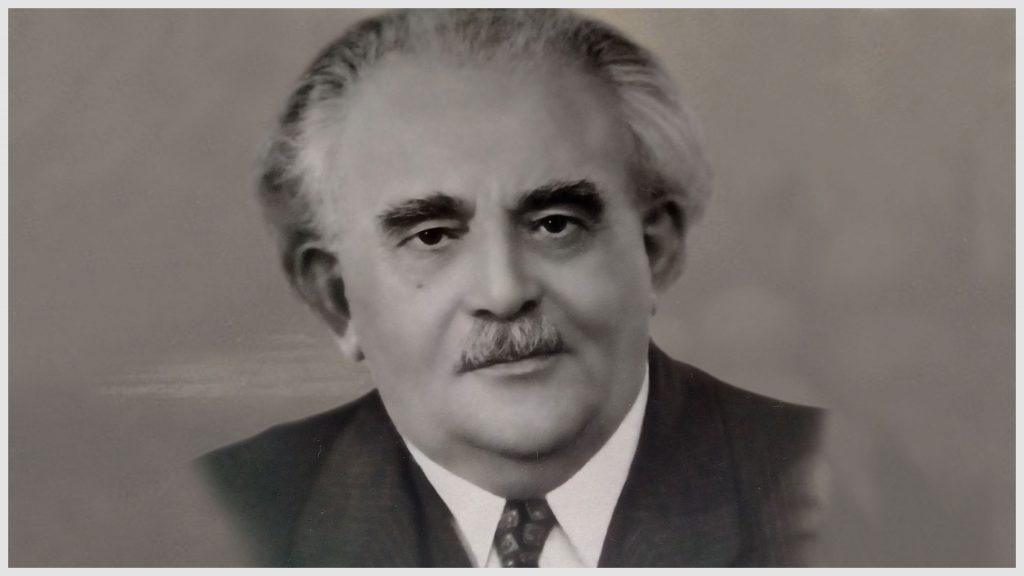
Born in Shoushi, Karabagh, Vahan Navasardian received his early education in his hometown. Thereafter, he went to Baku, where he received a Russian secondary education. He then traveled to Russia, where he received hia higher education at St. Petersburg University, earning a doctorate in history and economics. Self-taught in Armenian, he overcame that seeming handicap and became an excellent writer in a variety of genres in Armenian (journalism, essays, historical abstracts, etc.).
He joined the ARF as a young man and until 1921 worked in various capacities throughout Russia and Eastern Armenia. At the age of 19, he was elected a member of the ARF Central Committee of Baku, performing both public and internal organizational functions. For a brief period, during World War I, he taught Russian, politics, and economics at the Gevorgian Seminary, at Ejmiatzin.
In 1917, he briefly became the mayor of Alexandropol. In May 1918, he participated in the fighting at Gharakilise. Later that year, he became editor of Horizon, in Tiflis. He settled in Yerevan in 1919 and became a member of parliament and editor of the ARF organ Harach.
In 1920, Navasardian fought in the Armeno-Kemalist war of September-November. Forced underground by the subsequent Sovietization of Armenia, he was active in organizing the February 1921 revolt. The brutal period of Sovietization and the ensuing Armenian struggles against Bolshevik tyranny left an indelible mark on Navasardian, who thereafter became a staunch opponent of Communism.
After the Sovietization of Armenia, he eventually settled in Egypt, after stops in Istanbul and Berlin, and served as editor of Houssaper in Cairo. The paper flourished under his tenure, shifting from a semi-weekly to a daily and attracting many of the most prominent Armenian writers and cultural figures in the Middle East.
For many years, Navasardian was a leading member of the ARF, taking an uncompromising stance toward the Soviet regime and its supporters.
An author of prolific and diverse output, he is well known for his books Bolshevizme yev Dashnaktsoutiune (Bolshevism and the ARF) and H. H. Dashnaktsoutian Gaghaparabanoutiune (The Ideology of the A. R. Federation).
Viken Klag - Garo Sassouni
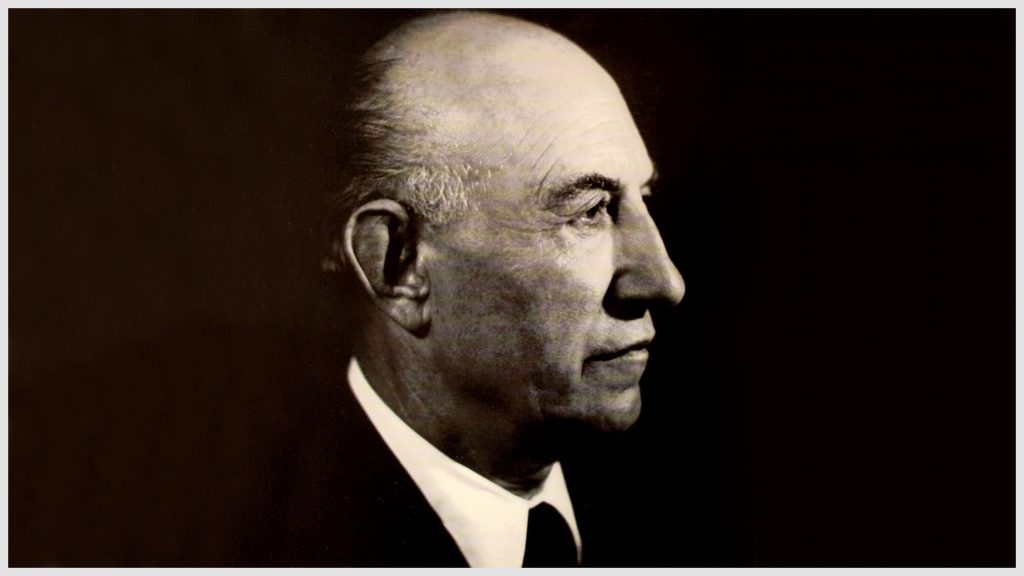
Garo Sassouni was born in the Aharonk village of Sasoun. He attended the Mkhitarist intermediate school of Moush in 1904–1906, and joined a youth group of the Dashnaktsoutiun in 1904. He taught in Diyarbekir from 1906 to 1909.
He studied law in Constantinople in 1909. Three years later, he was sent by the ARF’s Western Bureau to Moush and Sasoun. Returning to law school, he graduated in 1914. For the next five years he served in various capacities to prepare the defense of the population in Eastern Armenia.
In October 1914, he went to Transcaucasia to assist in the organization of the Armenian Volunteer Movement. Soon after, he was sent as a fieldworker to the border region of Pasen (between Erzurum and Sarikamish). In 1916, he worked in Moush and Sasoun as a leader and military adviser. In January 1919, he returned to Constantinople and Smyrna.
Sassouni went to the Republic of Armenia in June 1919 and was elected a parliament deputy. He also served as governor in the Alexandropol (Giumri) region. Playing a major role in the anti-Bolshevik rebellion of February 18, 1921, he acted as minister of the interior in the Committee for the Salvation of the Fatherland, which governed Armenia until Soviet forces reoccupied Armenia. After the return of the Communists, Sassouni escaped, eventually settling in Paris.
Sassouni used Paris as a base of operations for about 10 years, until the early 1930s, when he settled in Beirut. During the 1920s and 1930s, he spent considerable time in Eastern Anatolia, working closely with the Kurdish liberation movement on behalf of the ARF. His efforts there earned him wide respect within the Kurdish community.
In Beirut, Sassouni continued to work as a leader of the ARF, becoming a respected elder statesman of the community. He served for many years as a member of the ARF Bureau and was one of the founders of the ARF’s Pakine literary monthly.
Of his published works, The Kurdish National Movements and Armeno-Kurdish Relations (1932, revised 1968) is especially important, as it is considered one of the definitive eyewitness accounts of the Kurdish struggle of the 1920s and 1930s.
